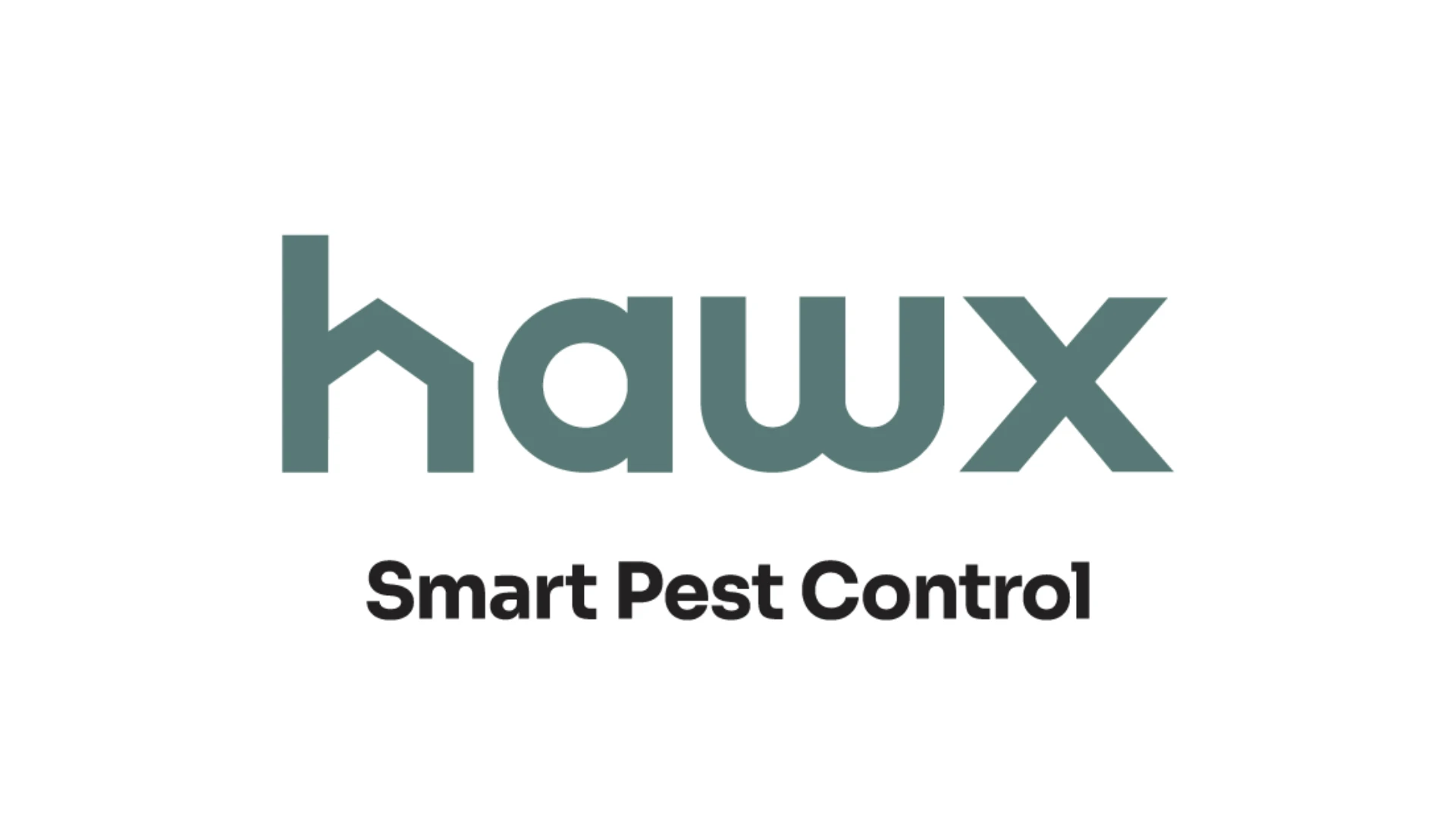What is a PCO’s role in public health? That’s not an easy question to answer because the pest control industry is changing every day. "This industry is changing so rapidly that if you’re not flexible and
ready to adapt you’ll be left behind," said Jerome Goddard, medical entomologist, Mississippi Department of Health.
For example, pest-related diseases are on the rise and new diseases are emerging at a heightened pace. Climate change is making more regions of the world habitable for pest-related disease, and increases in international travel are increasing the speed at which these diseases spread, including transmission into the United States.
Malaria is a good example. "We (the U.S.) always have imported malaria," Goddard said. "Whether or not local transmission of malaria starts in the United States is controversial. As far as I know, the malaria parasite does not occur in the United States. But it can get started somewhere else and be brought in."
Dengue, another mosquito-borne illness, has similar potential to impact the U.S. as a result of climate changes and increased travel. For example, in 1999 there were just 55 cases of dengue in Texas, yet 50,000 cases across the border in Mexico, Goddard reported. As vector-borne diseases such as malaria and dengue increasingly spread into the U.S., "There’s going to be a reason for PCOs’ existence even more than ever," Goddard said.
Vector-borne and Non-infectious DISEASES. While mosquitoes, the No. 1 human disease vector, are typically the main target of PCOs involved in public health work, there are other public health pests to look out for, including ticks.
Diseases caused by ticks include Lyme disease (about 12,000 to 16,000 U.S cases annually) and Rocky Mountain spotted fever, (about 600 U.S. cases per year). "Even if there are some minimal risks of pesticides, I’d rather have that risk than diseases like Rocky Mountain spotted fever," Goddard said.
There are also a number of non-infectious diseases associated with pests, including cockroach allergies, dust mites, spider bites and fire ant stings. Stinging and biting pests can often represent liability for a PCO if a customer is bitten subsequent to a pest control treatment. "The customers claim ‘breach of contract’ because the PCO failed to do what they said they would," he said. "Be careful what you tell people. Don’t tell them you can control spiders."
Goddard advises that companies that perform fire ant control be careful as well. If a customer is stung by fire ants and files a lawsuit, there’s no telling what a jury could award the "victim." "Most businesses cannot withstand a $100 million judgment. It’s something you really need to think about," Goddard said.
CONCLUSION. "A PCO’s role is clearly defined in the case of pest control in hospitals — your services are important in infection control," Goddard said. "But your role is less defined in general pest control." As more health-threatening diseases show up in the U.S., people will be willing to pay more for pest services. But with more work comes potential liability. Here’s how to prevent potential litigation:
- Have thorough documentation;
- Make sure you looked carefully for the pest (and have proof);
- Follow the label;
- Communicate with people; and,
- Respond promptly when customers call.

Explore the December 2000 Issue
Check out more from this issue and find your next story to read.
Latest from Pest Control Technology
- WorkWave User Conference Showcases Technology for Business Growth, Employee and Customer Retention
- Mahar Joins Cetane Associates as Manager of Administration
- Dr. Kathy Heinsohn Accepts Osmun Alumni Award at Purdue University
- Target Specialty Products Announces Distribution Agreement with Douglas Products
- FORSHAW Appoints Shane Dooley to President
- NPMA Shines ‘Spotlight’ on Rodenticides at Atlanta Event
- ActiveGuard Mattress Liners Offered to Philadelphia Fans Traveling to The Big Game
- Spider Hangouts





